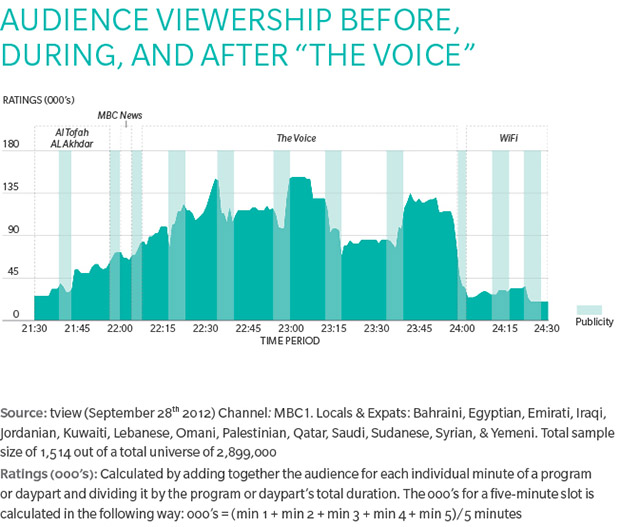In mature advertising markets, reliable, granular, and almost real-time one-minute ratings captured through automatic TV Audience Measurement (TAM) systems with "People-meters" allow broadcasters and other content owners to measure the success of their content production and packaging. They indicate which content is well-monetized to media business units, ad representatives, and advertisers.

By improving the knowledge of their customers and providing metrics with systems like People-meters, TV broadcasters and other content owners have sparked a flourishing business in advanced TV markets. With reliable audience measurement systems that track and report viewership on each registered channel on a minute-by-minute basis, market players can identify and reward the quality and creativity of content production and realize the economic opportunities offered by network advertising. That's because getting the right data about TV viewers’ choices, and understanding the data to make better decisions, results in more efficient and effective programming and advertising spend determinations.
Developing this capability can dramatically expand the size of TV industries and other businesses, especially in less developed markets. Our analysis suggests that the less than $2 billion TV ad market in Middle East and North African countries (MENA) could nearly double in size if networks adopted reliable audience measurement systems, for example. At present, we estimate that the MENA TV ad market is at about 30 percent of “fair” estimates, considering its regional gross domestic product.
But Oliver Wyman analysis of data drawn from the People-meter systems recently introduced in the United Arab Emirates (TVIEW) indicates that ad spend allocation, program selection, and content creation decisions driven by real metrics could usher in a paradigm shift in the TV industry by renewing the interest of international investors and increasing advertisers' budget allocations to other ad channels, such as print.
A critical mass of market players will need to recognize the benefits of People-meters before the industry can be reshaped. Coordinated endorsement from the MENA governments, especially in the Gulf Cooperation Council, is important. It is also crucial that advertisers, media agencies, and broadcasters embrace such a paradigm shift in the media business and invest in capabilities to use the data.
This capability will provide never-before-seen insights into the value of individual programs. Because advertisers will be able to drill deeper than the average viewership of channels, they’ll adopt a new mind-set, and be forced to develop a new skill set for commercial operations.
Data, currently relegated to a marginal role, will become the most important element for successful negotiations and transactions of media content, converting commercial decisions from art into science.
This shift will impact the media sales force, too, which will need to professionalize, much as the MENA pharmaceutical business has done. Training on how to request, interpret, and present People-meter data for commercial purposes will be crucial for media salespeople to maximize revenue potential, especially for "long-tail" programs.
In our experience, the companies that can address both strategy and people issues will be best positioned to seize a wide range of new opportunities.

















